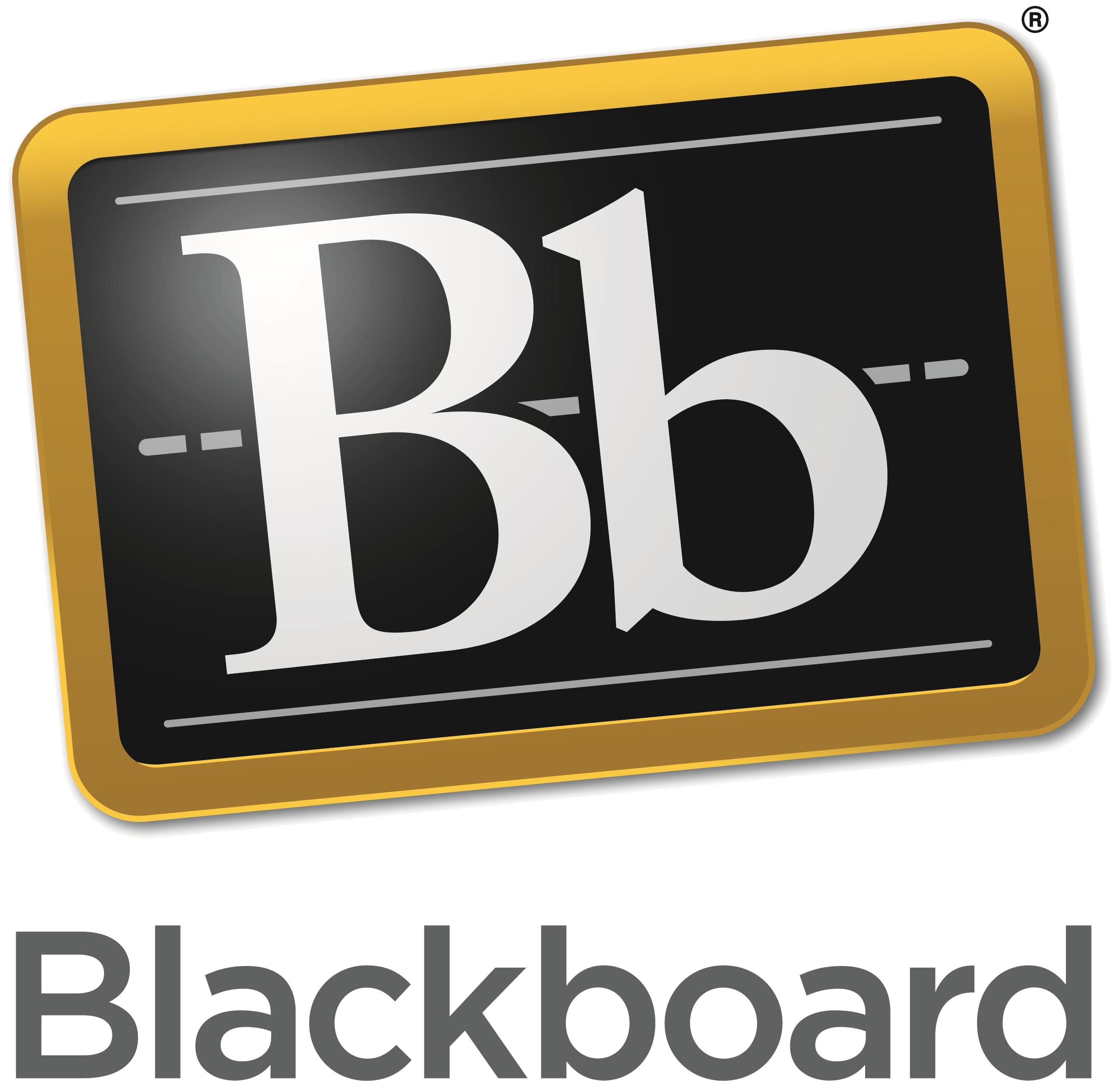| Author: Kelly Jo Fulkerson Dikuua, PhD | May 18, 2022 |
|
Universal Design for Learning (UDL) is an evidence-based educational framework that reduces barriers to learning by centering three main principles: engagement, representation, and action and expression. Engagement refers to ways that faculty can connect with learners by recognizing their needs, demonstrating the relevance of course materials, and creating a welcoming environment. Under the principles of UDL, representation considers how materials can be presented in multiple modes and in the most accessible manner possible. Action and expression encompass allowing learners the autonomy to demonstrate their learning in multiple modes, to have choices in their learning, and to support assistive technology or resources as needed. UDL sparks intrinsic motivation and helps learners develop into expert learners who are motivated, purposeful, goal-driven, and resourceful. |
|
|
Use the comments section below to let us know your ideas about universal design for learning. |
|

